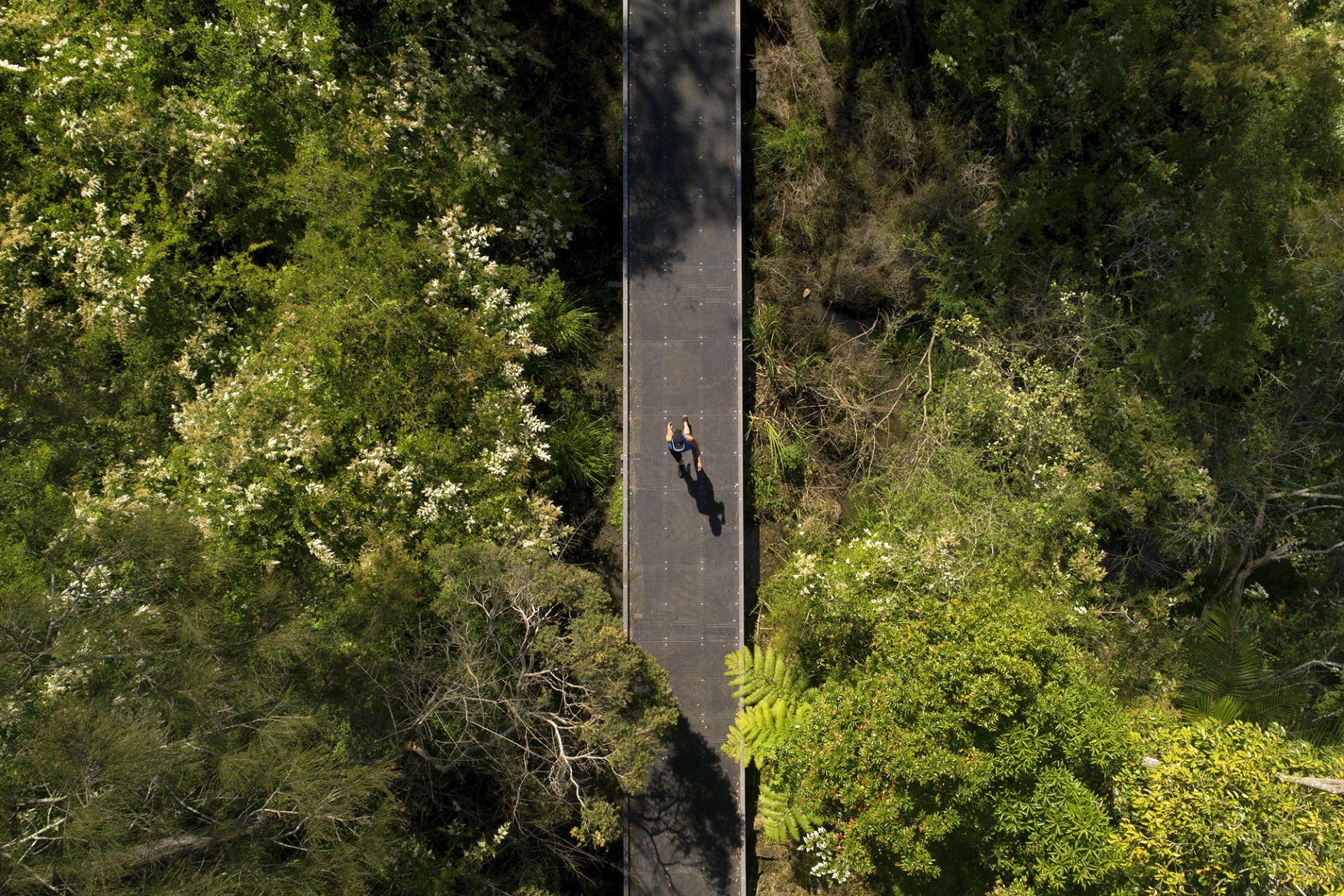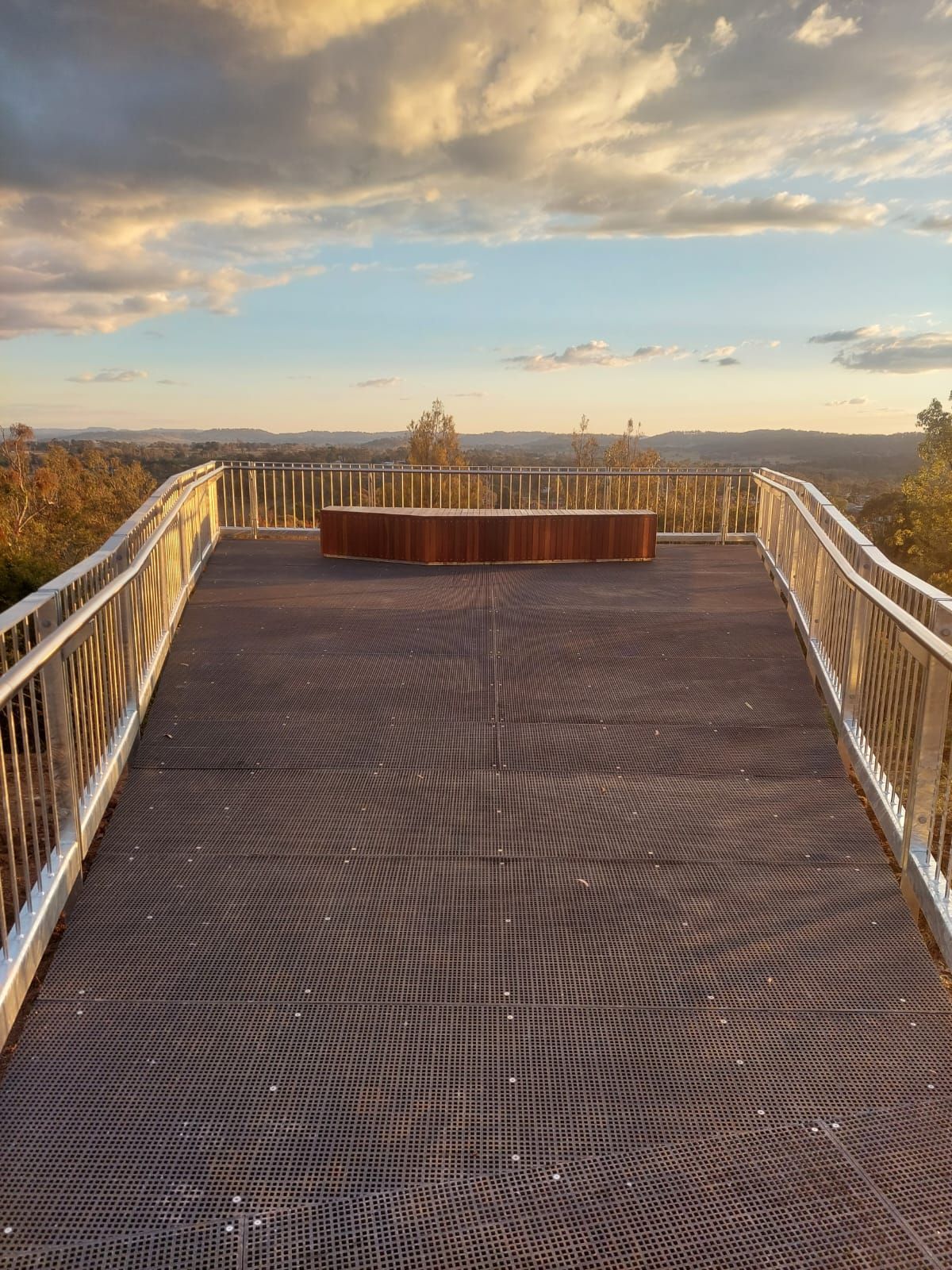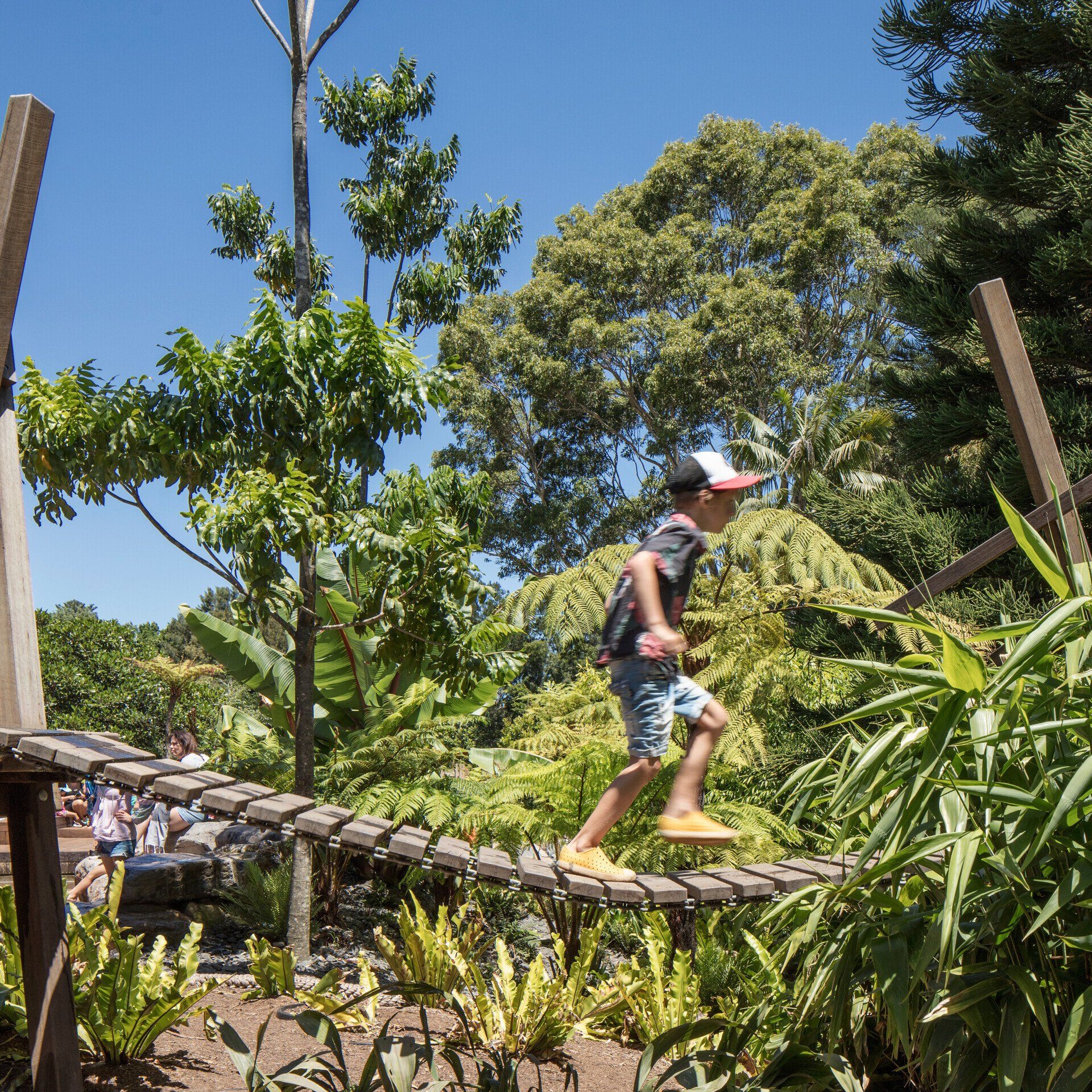Universally Speaking
Today, it’s an increasingly influential global design movement, aimed at creating products, systems and spaces that encourage genuine social inclusion and participation for all members of society. But what exactly is Universal Design (otherwise known as ‘UD’) and how can we apply it to the creation of more inclusive community spaces and play experiences?

The formal concept of Universal Design first came to prominence in 1997, when the College of Design at North Carolina State University published its acclaimed white paper, ‘7 Principles of Universal Design’. In truth, the roots of UD can be traced back many decades earlier, to the disability rights movement which gained significant momentum in the period following World War Two.
“The world wars caused a huge influx of disabled veterans into the population,” explains Elaine Ostroff, author, educator and co-founder of the USA-based Adaptive Environments Centre (today known as the Institute for Human Centred Design). “Advances in medicine and drugs and better sanitation resulted in higher populations of older and disabled people, bringing with it an increasing awareness of the problems and limitations experienced by people with disabilities.”
The term ‘Universal Design’ itself was coined by the late American architect, Ronald Mace, who was renowned for his advocacy work for people with disabilities. When asked to define its purpose, Mace once explained UD as: “The design of products and environments to be usable by all people, to the greatest extent possible, without the need for adaptation or specialised design.”
At its core, UD is a design philosophy that embraces mainstream integration rather than segregation. “Universal Design assumes that the range of human ability is ordinary, not special,” says Elaine Ostroff. Or, put another way, difference is perfectly normal. Just because we can’t all be as fast as Usain Bolt, as flexible as Nadia Comaneci, as tall as an NBA basketball player or as creative as Stephen Spielberg, doesn’t mean we shouldn’t be able to participate. Understanding and embracing the full range of human ability through design enriches the entire community.

INTEGRATION, NOT SEGREGATION
In her illuminating 2013 research paper, Just For the Fun of it: Making Playgrounds Accessible to all Children, Jenene Burke from the University of Ballarat explains UD principles aim to provide a single integrated environment that allows all potential users – not just those with impairments – to benefit from designs that accommodate the broadest possible range of body shapes, dimensions and movements.
Burke highlights the work of UD proponents, Bettye Rose Connell and Jon Sanford, who are particularly critical of two compensatory approaches to inclusive design. In the first, accessibility is retrofitted (often inadequately) “to otherwise inaccessible objects and standard designs”, mostly as a box-ticking afterthought. The second involves the provision of fully segregated spaces and equipment, purpose-built exclusively for the use of those with impairments. Often criticised for being ugly and expensive, these also create stigma for those who use them by publicly highlighting a person’s impairment. In a sad irony, the result is almost always a less inclusive play experience, not more inclusive.

ONE SIZE FITS ALL AS MANY AS POSSIBLE
Sometimes, Universal Design is seen as one-size-fits-all design. It isn’t. In the context of play, for example, UD is about designing equipment and spaces so they can be enjoyed by as many different groups within the community as possible, rather than finding one ‘silver bullet’ solution that can accommodate the needs of 100% of the population (a virtually impossible task). At a purely pragmatic level, it’s generally accepted solutions may need to be delivered with slightly different routes, materials or interfaces. However, wherever there are multiple design options available, UD thinking always leans towards the one that enables participation by the largest number of people in that community.
OPPORTUNITY FOR ALL. BENEFITS FOR ALL.
The benefits of Universal Design can be truly significant, driving positive change for people of all ages and abilities, and not just those with a disability or impairment. Stronger community connections. Greater participation rates. Reduced health costs. Increased physical activity. Richer social diversity, tolerance and empathy. Beyond being the ‘right thing to do’ – both morally and, increasingly, legally – there are also compelling commercial and reputational advantages for businesses and governments to be gained.
There seems little doubt the rise of UD will only continue to become more and more influential in communities across Australia, making it a key area of ongoing focus for councils, developers and designers.
To discuss the benefits of bringing Universal Design principles to your next brief, please contact us today.
More from Fleetwood Files.

Explore
Certifications
Environmental Management : ISO14001
Quality Management : ISO 9001
OHS Management : ISO 45001
All Rights Reserved | Fleetwood Urban | Privacy Policy




